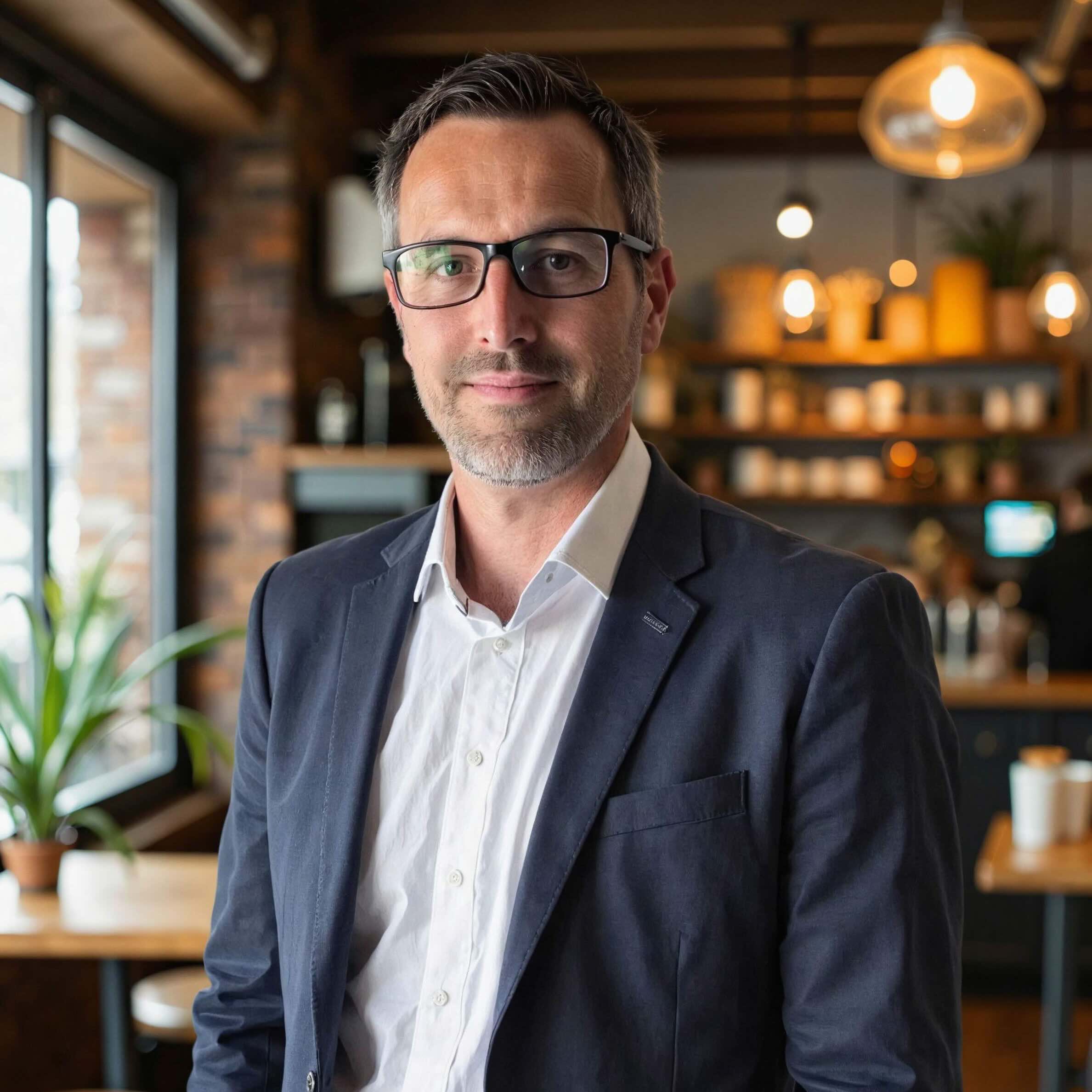Does it ever feel like you’re stuck in a never-ending loop of déjà vu, where everything you see, hear, or scroll past feels suspiciously familiar?
In the latest episode of Daily Creative, I sat down with Andrew Robertson, chairman of BBDO and author of The Creative Shift, to dig into why companies settle for less creativity than they’re capable of. Andrew, bringing insight from decades at the intersection of creativity and operational excellence, shares how leaders can practically make space for genuine innovation—even inside the most efficient, process-driven organizations.
Here are five key takeaways—each worth chewing on:
1. Rediscover the edges—avoid the creative center.
When everything around you starts to feel numbingly similar, you’re probably just circling in the center of your domain. True creative energy often happens at the edges, where different fields collide and new perspectives break through the monotony. Read outside your field, chat with someone from a completely different profession, or dip your toe into new domains. It’s these collisions that shake you back to attention and recharge your creative lens.
Where are you still playing it safe, and what’s one “edge” you could intentionally explore this week?
2. Attentional minimalism beats digital overload.
Our brains are burning out on multitasking, constant notifications, and input overload. Attentional minimalism may be your solution—a deliberate reduction of stimulus, through practices like device-free walks, journaling, or input boundaries. The aim is not just less noise, but more capacity to spot the extraordinary amidst the ordinary. The simplest changes (like actually paying attention during a walk) can create the kind of mental whitespace where new ideas land.
Where can you deliberately cut back on noise and practice noticing rather than just consuming?
3. Creative energy comes from making, not consuming.
It’s easy to fall into the trap of endless passive consumption—but progress, motivation, and excitement are born from “productive passion”—making things that matter to you. Teresa Amabile has revealed the value of intrinsic motivation and the power of creative output over input. Every time you choose to make instead of just consume, you feed your own creative fire, turning the routine into something meaningful.
What’s one thing you could make this week (and who might it be for?) instead of just another scroll or binge?
4. Operational excellence and creativity aren’t opposites—they’re in tension.
Andrew acknowledges the dynamic (sometimes uncomfortable) tension between efficiency and creativity. While efficient processes are powerful, they can stifle creative thinking unless leaders make explicit space for it. The magic isn’t in ditching structure, but in operationalizing creativity with the same seriousness as any other business goal—like Delta Airlines did by intentionally pursuing surprising insights about their customer journey.
Do you allow genuinely new ideas to surface in your workflow, or does your process just produce more of the same?
5. Great ideas don’t come from certainty—they come from managed risk.
We all crave certainty, but chasing it leads to average outcomes. Andrew recounts a banker’s wisdom: quantify the downside risk, then ask if you can live with it. If yes, go for the bold idea. If not, adapt until you can. Waiting for guarantees crushes innovation; instead, manage the risk intelligently and stay open to ideas that make you (and others) a little uncomfortable.
What’s one idea you’ve been sitting on because you want a guarantee—could you get comfortable with its risks instead?
As Andrew puts it: “The definition of a great insight is something that is blindingly obvious the minute you see it, but nobody had seen it before.” This week, let yourself wander to the edges, prune away the extra noise, and dare to create something without waiting for a permission slip. It’s these little shifts that add up to a week—and a career—where you feel more alive, more focused, and a little less vaguely familiar.
















